A Japanese culture tour through shopping in Osaka
Osaka is the second largest metropolitan area in Japan after Tokyo. The city is known for its food and shopping cultures, and visitors to Osaka can be entertained by department stores, lively food markets and shopping arcades. One way to learn more about Japanese culture is through visiting shopping spots which give one insights into the various aspects of local culture and traditions.
One place to get an all-in-one culture course is a high-end department store, which is often synonymous with good service, quality and reliability. Long-established and well-known department stores like Takashimaya offer patrons a different experience compared to a mom and pop neighbourhood store. Department stores also carry a broad range of products and brands spread across multiple floors, and there's something suitable for all budgets and for everyone.
I went to Namba, Osaka's southern downtown core, for a one day Japanese culture tour in which I checked out a food market, a museum located in a historical building, a kitchenware shopping street and the Takashimaya department store.
Kansai International Airport to Namba
My trip started from Kansai International Airport (KIX), a major international airport serving Osaka, Kyoto and their surrounding prefectures. The airport is served by direct, limited express trains that connect to central Osaka. I took the Rapi:t, a limited express train, which took me directly to the Nankai Namba Station in about 35 minutes. The station is located in the center of Osaka's southern downtown core, and I arrived in no time at all and with plenty of time to go sightseeing.

Kuromon Market
An approximately five minute walk from the Nankai Namba Station took me to Kuromon Market, a public market that has been around for about 200 years. The approximately 600 meter long Kuromon Market consists of about 150 shops selling seasonal seafood, produce, meat and household daily necessities.
True to Osaka's reputation as a place where you can eat till you drop or kuidaore, as it is said in the local slang, Kuromon Market offers visitors a nice variety of grilled and raw seafood as well as cooked foods at affordable prices, and some shops have eating spaces on their premises. The delicious smells of grilled seafood tempted me as I walked through the market, and I ended up ordering some grilled seafood to try on the spot. Having tried it, I have to say that visitors should not miss out on this delicious experience!
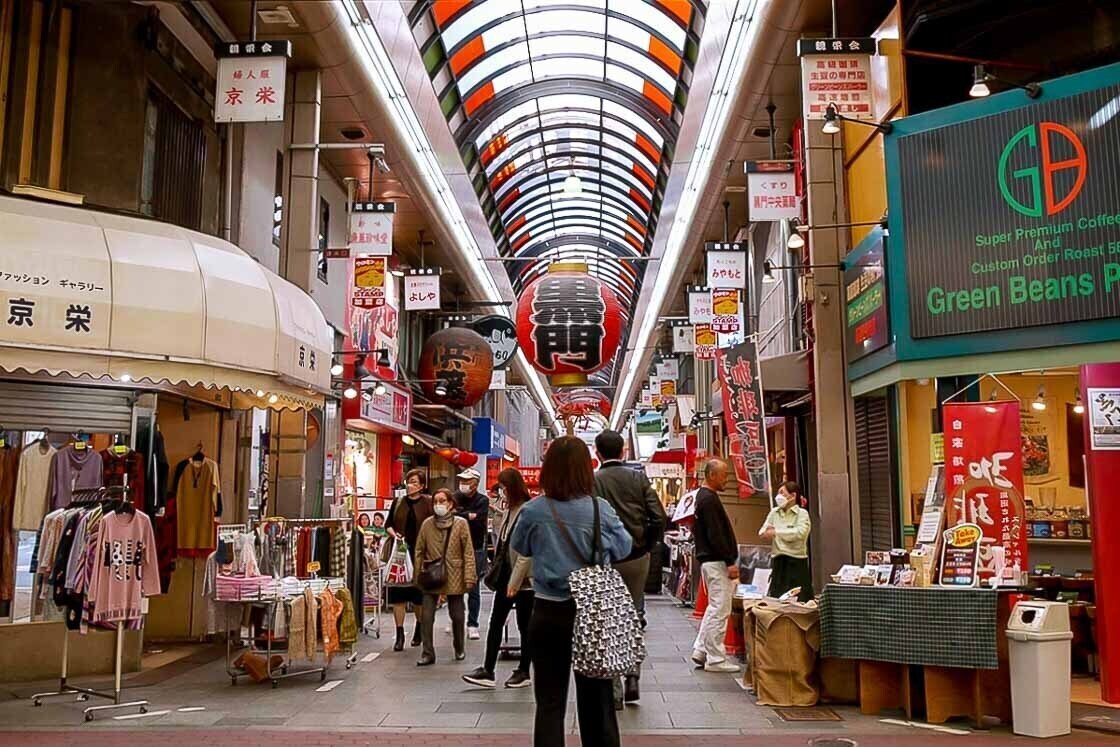
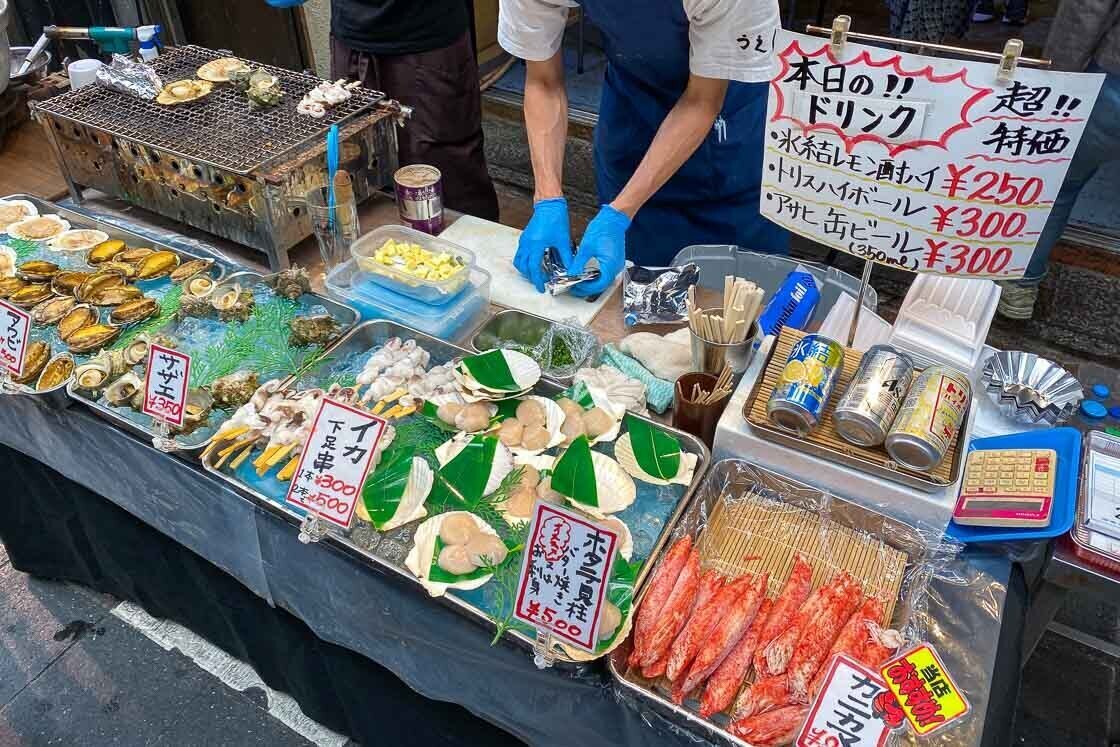
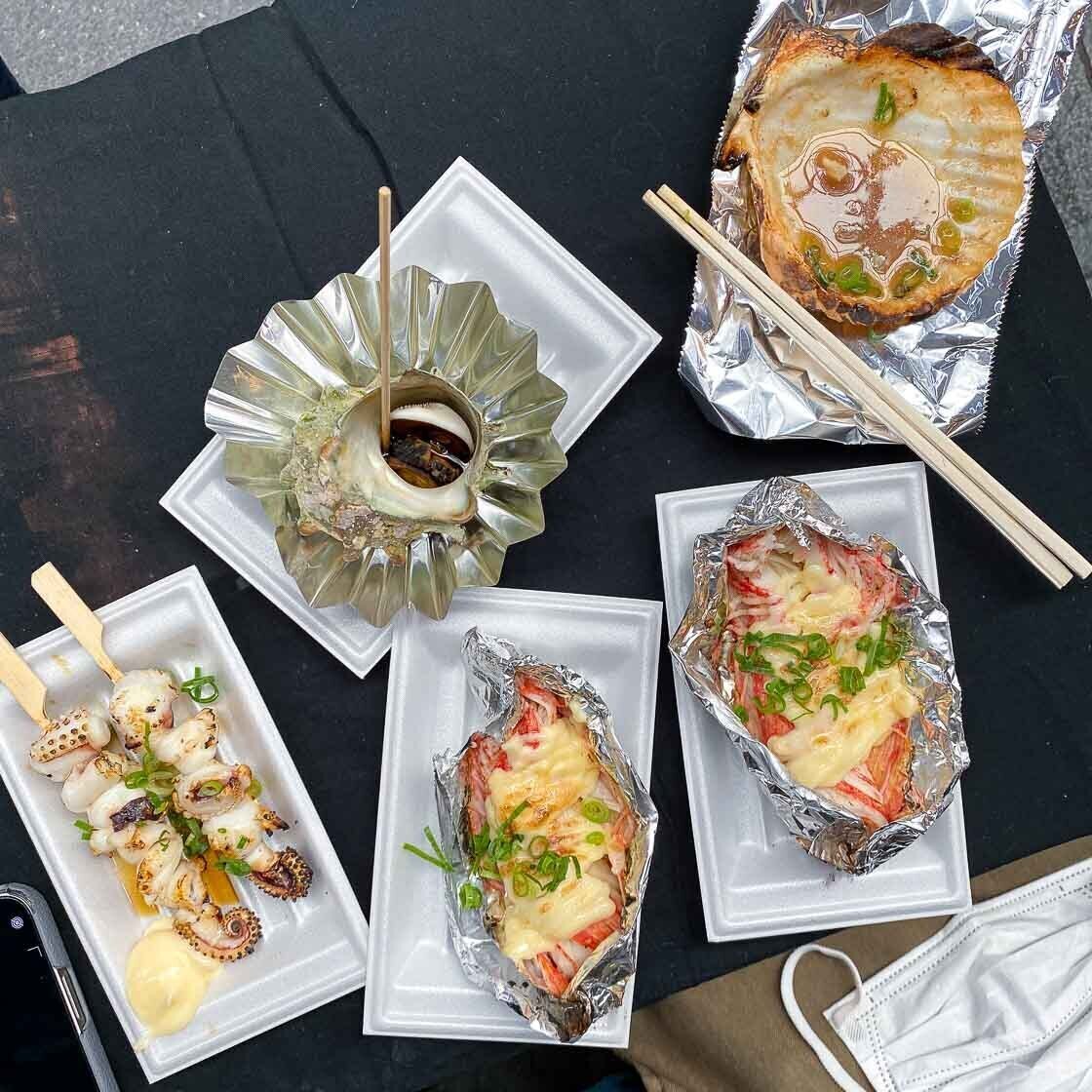
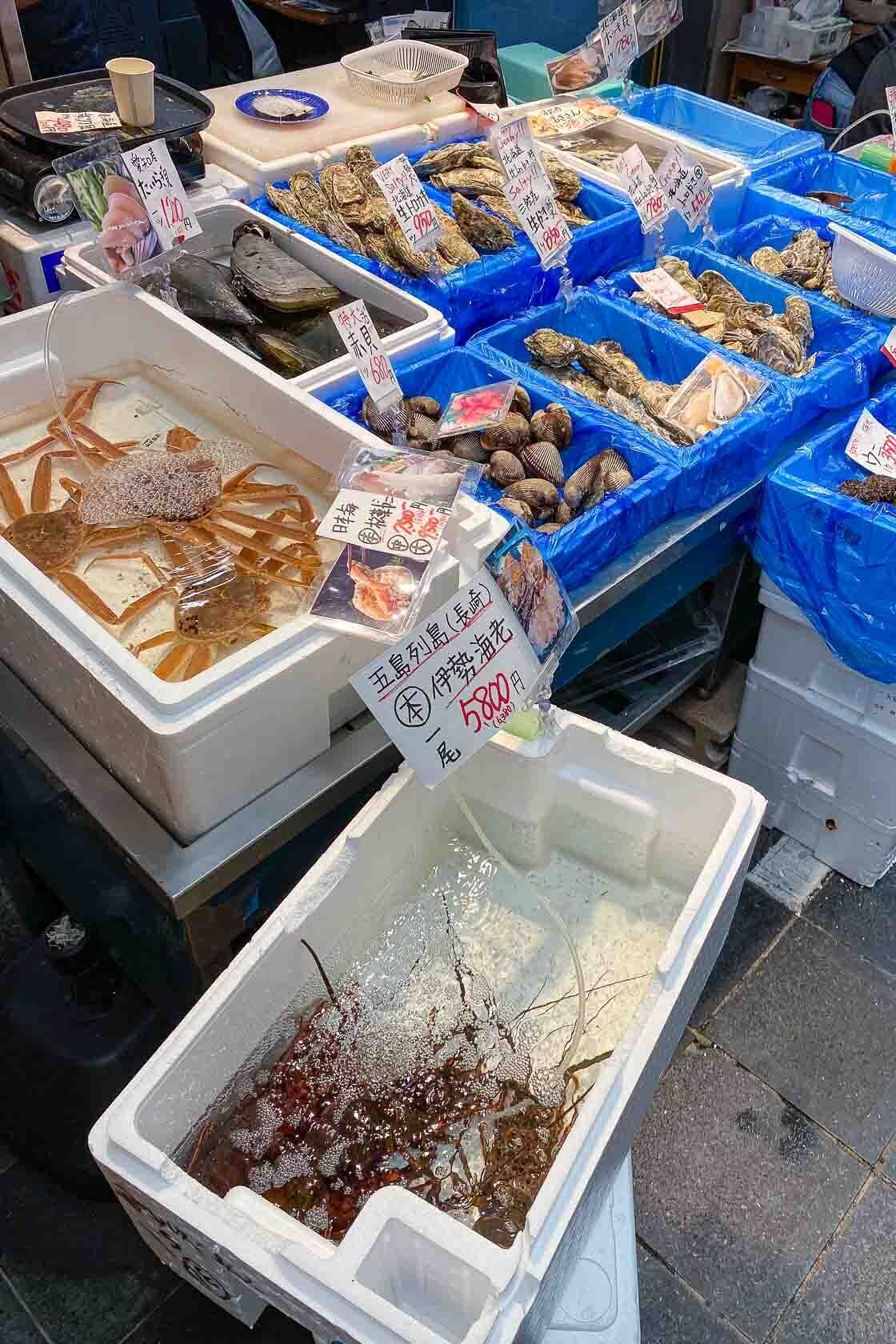

Takashimaya East Building
From the southern end of Kuromon Market, it was a short two minute walk to the Takashimaya East Building, my next stop. The East Building was built in 1937 to house a department store and is now designated an important cultural property. Designed and built in the European architecture style with Art Deco interior design, the East Building boasts large columns on its facade and a covered walkway lined with arches. On the inside, Japanese marble is used for its pillars, stairwells, and elevator trimmings. This building is a great place to see up close how Japanese design and materials are integrated into the opulent and modern styles of the early 20th century.
Today, the Takashimaya East Building contains the Citadines Hotel Residence and the Takashimaya Archives, a museum about the Takashimaya department store. Takashimaya is one of Japan's leading department stores with a history of almost 200 years. The museum's permanent exhibition showcases the history of Takashimaya through the centuries, while temporary exhibitions allow visitors to further explore the relationship between clothes, textile, artisan skills, art and culture.
As one would expect from Takashimaya, the department store, the exhibits at the Takashimaya Archives were of high quality, which made for a worthwhile visit. What is more, the museum is also free to enter.
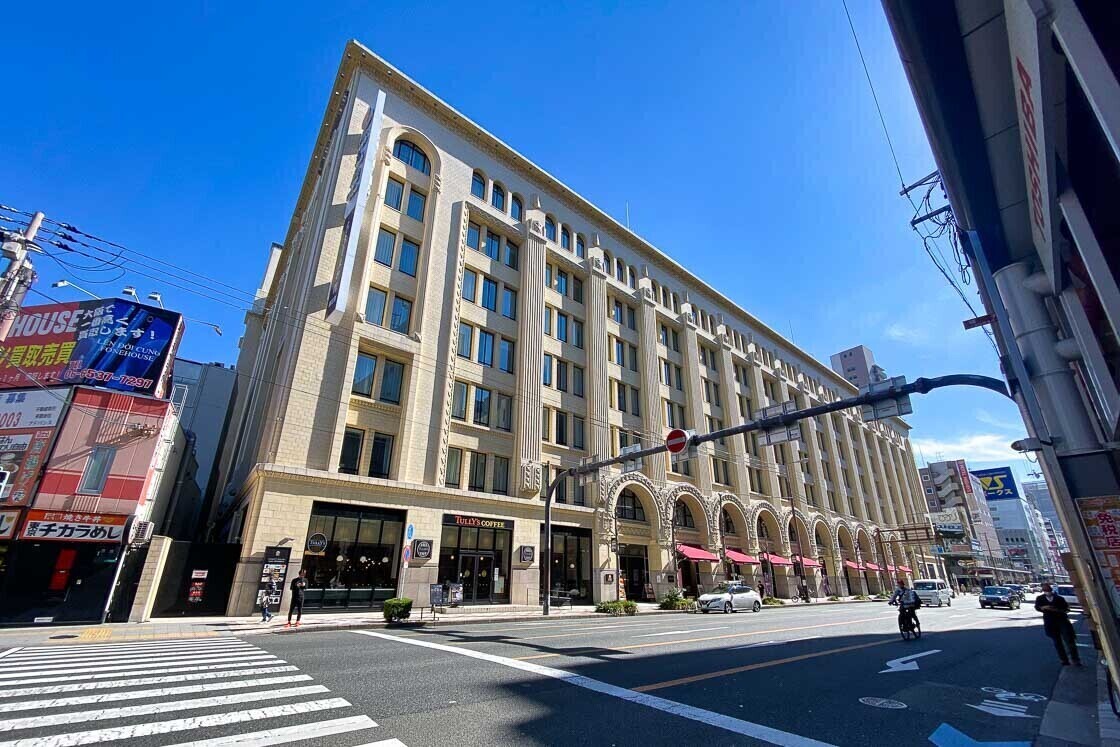
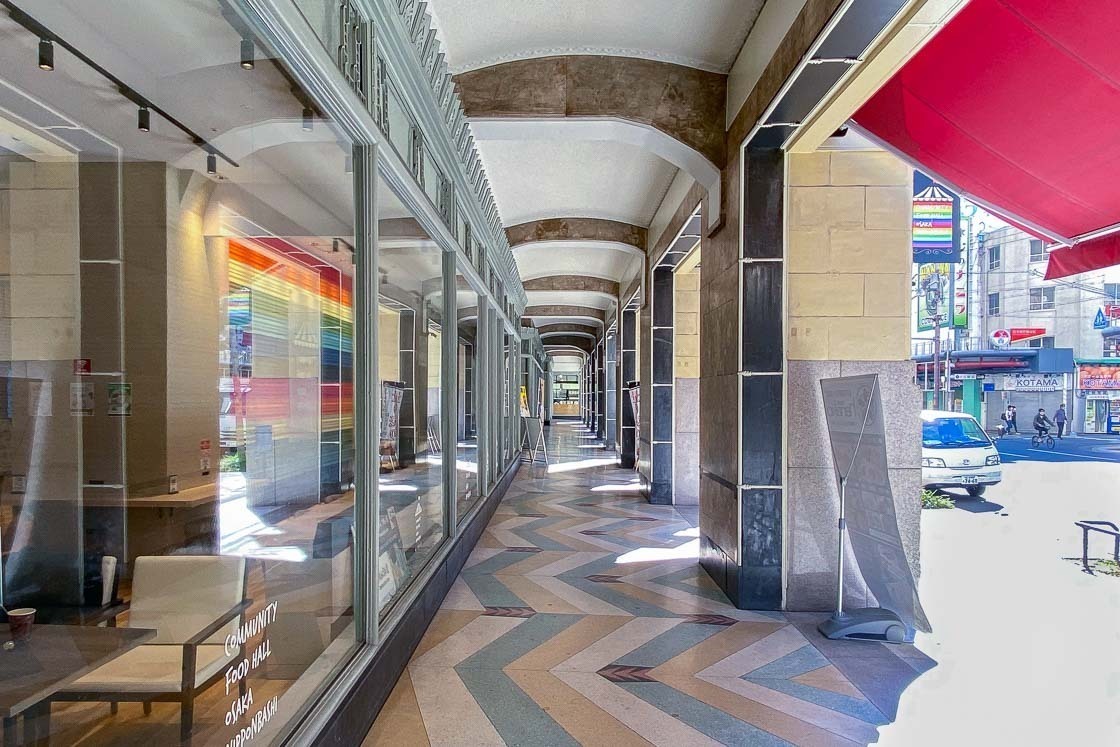
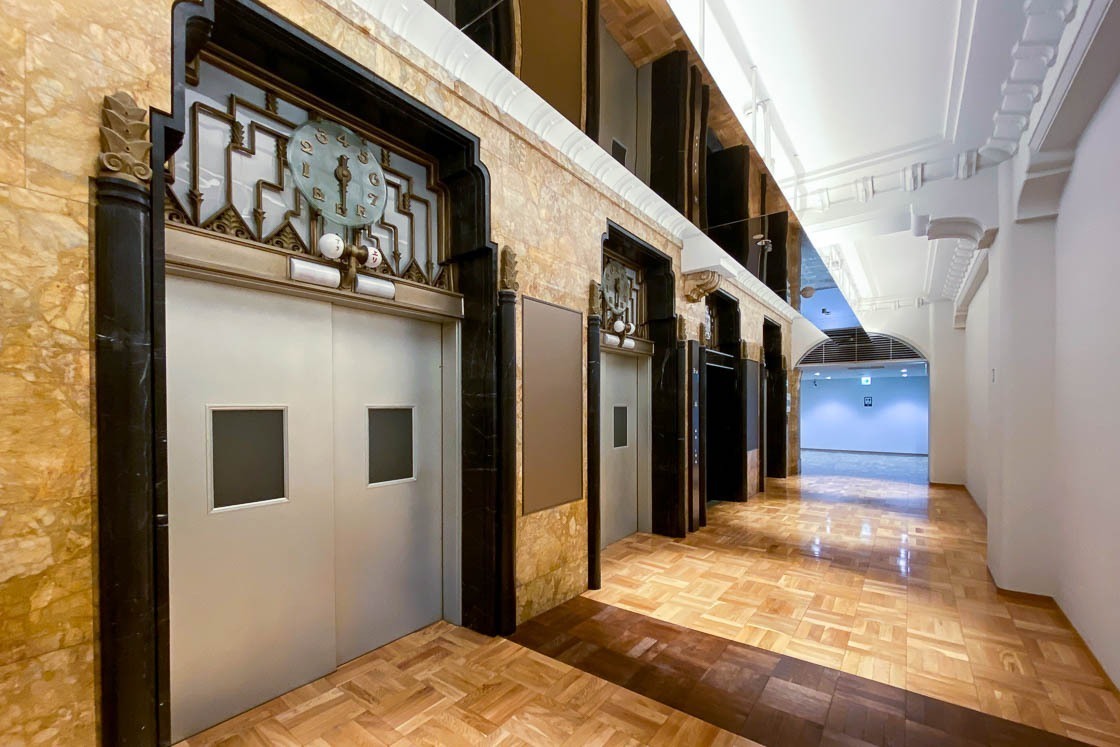
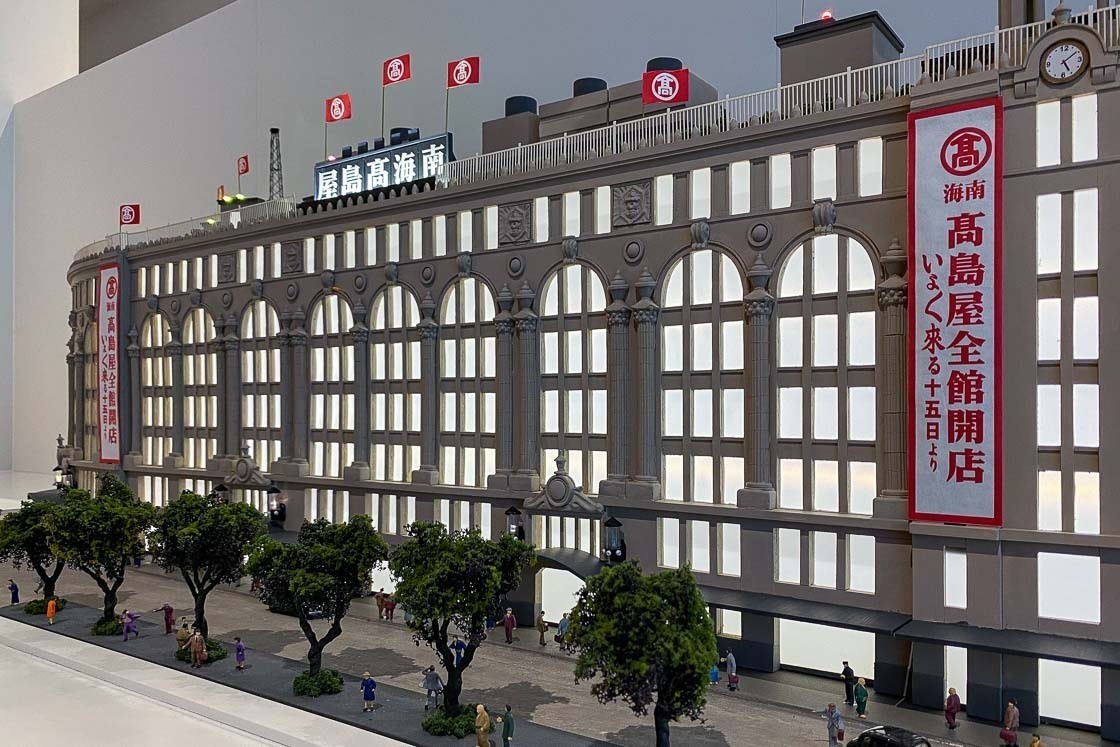
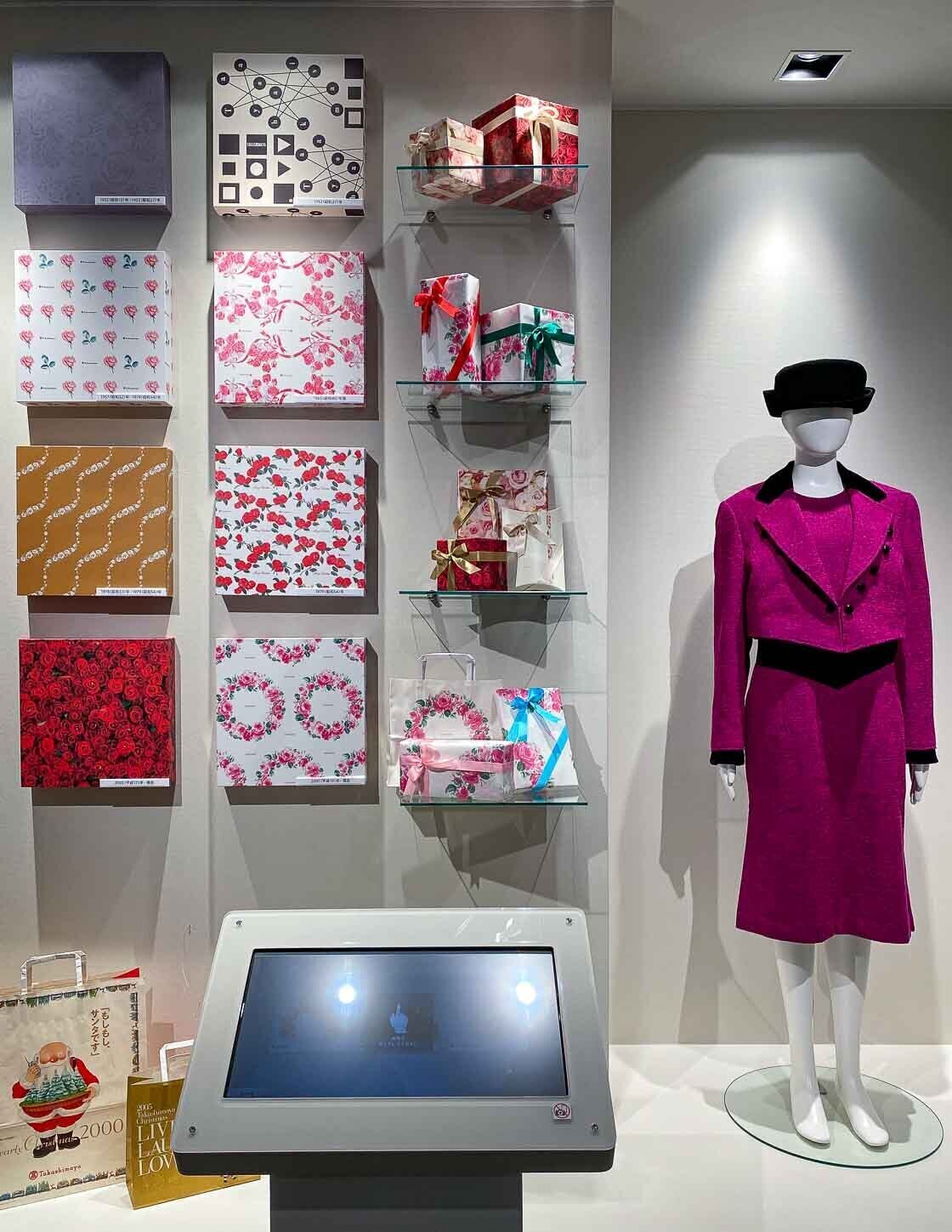
Doguyasuji Kitchenware Street
A five minute walk from the East Building led me to Doguyasuji, a street dedicated to selling kitchenware to restaurant operators as well as home cooks. More than 50 shops line the narrow covered street, selling pots and pans, knives, cutlery, fake food samples, and shop lanterns and curtains just to name a few. I saw a lot of interesting kitchen goods at Doguyasuji and wondered if I should add to my collection of cooking tools.
Doguyasuji may not be very long, but the sheer number of products and kitchenware available made me stay for more than an hour as I checked out the different goods. I found out after that Doguyasuji is said to carry the most varieties of kitchen goods in the Osaka region, which explained how I could spend so much time there!

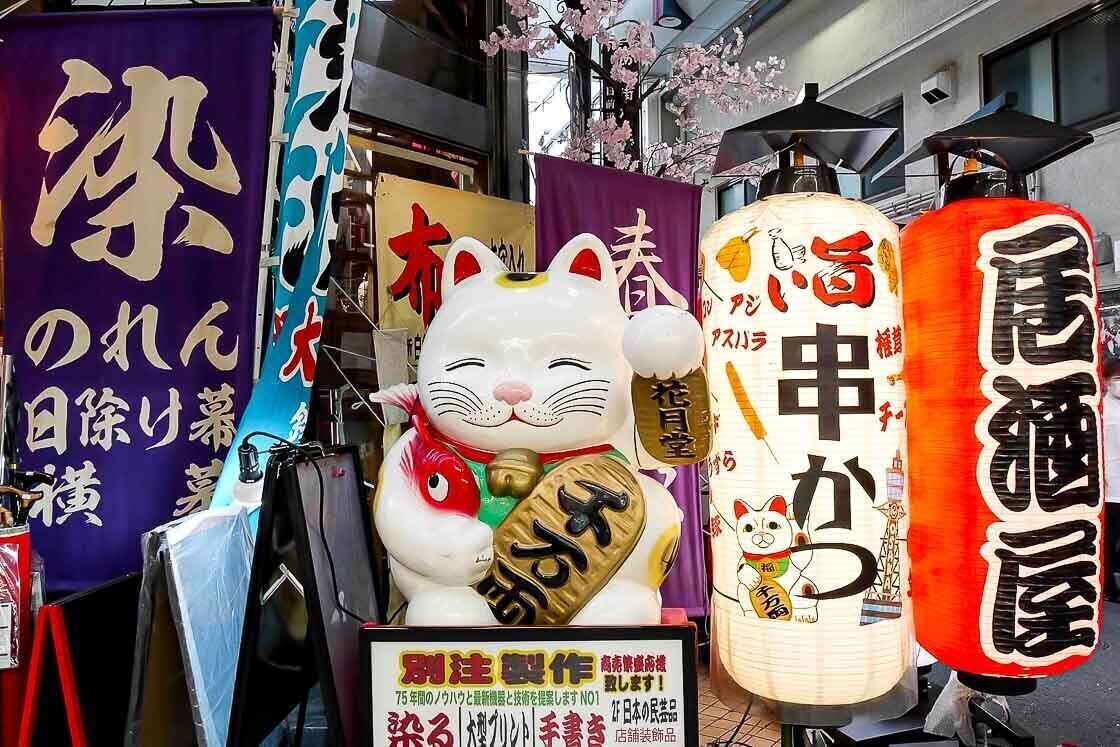
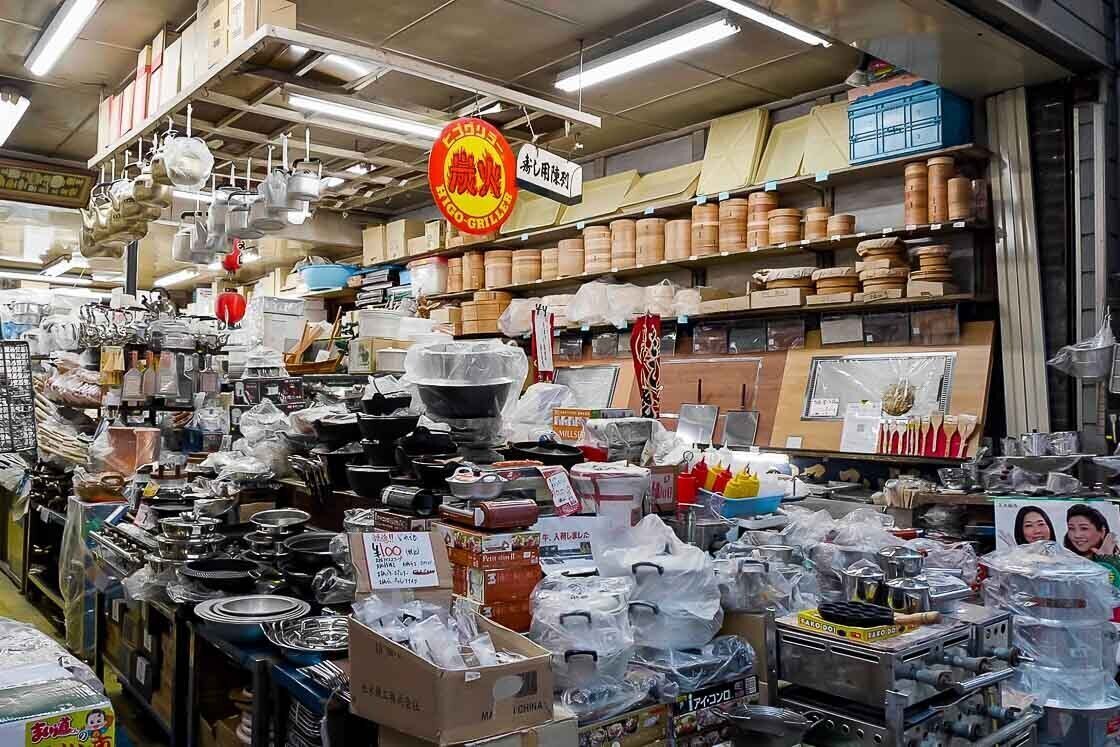

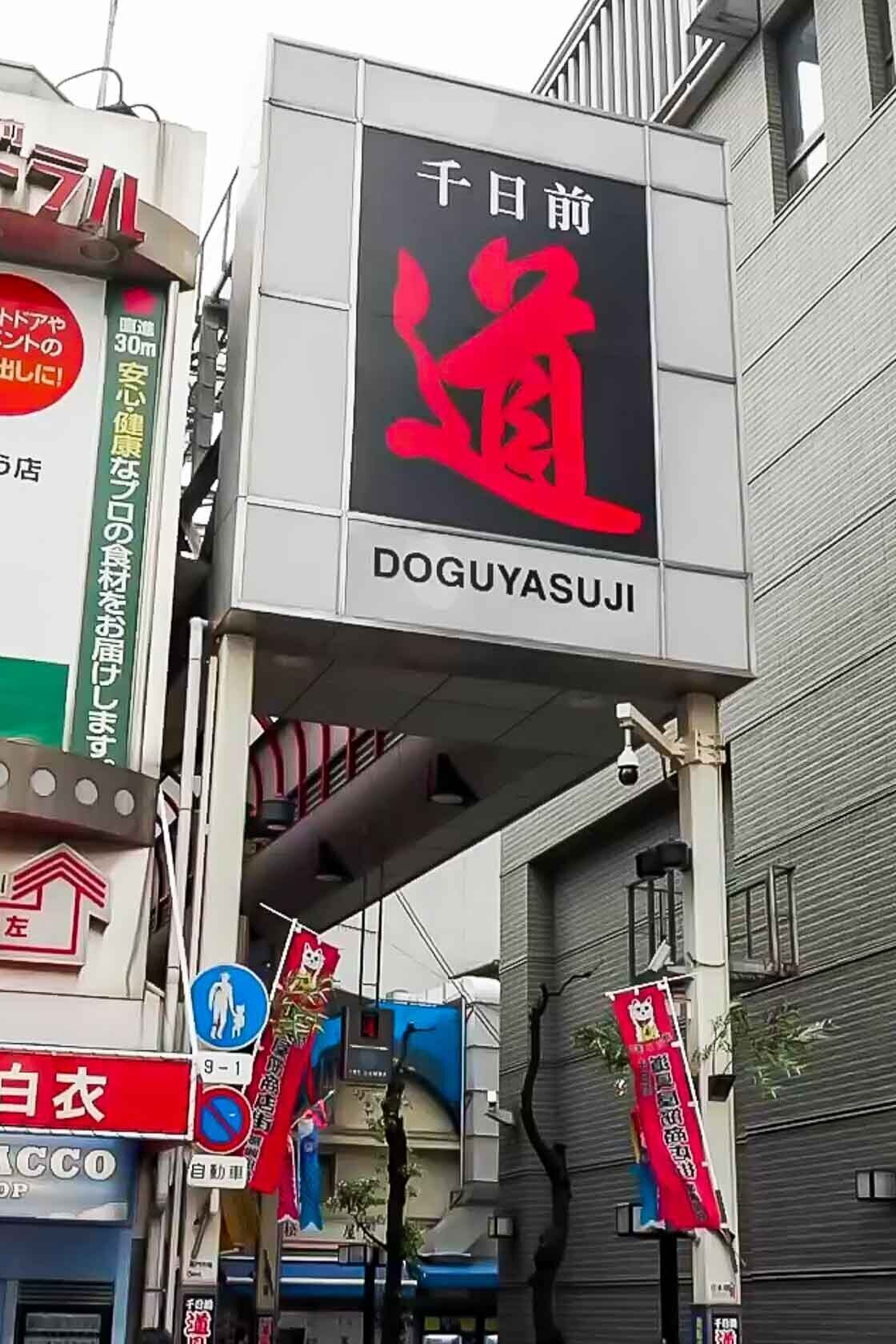
Osaka Takashimaya department store
From the northern entrance to Doguyasuji, it took me less than five minutes to walk to my last spot for the day, Osaka Takashimaya, a flagship Takashimaya department store in Japan. The Osaka store opened about a hundred years ago in Namba where it still stands today, and it is a symbol and icon of Osaka's southern downtown core.
Founded in 1831 as a humble, small second-hand clothing and cloth store, Takashimaya has evolved over the centuries to be a high-end department store that caters to the daily and sartorial needs of the population. The products available at the department store range from everyday to luxury items, and there's sure to be something for everyone. While shopping is the de facto activity one goes to a department store for, a visit can also be culturally informative to gain some insights into the everyday lives of the locals.
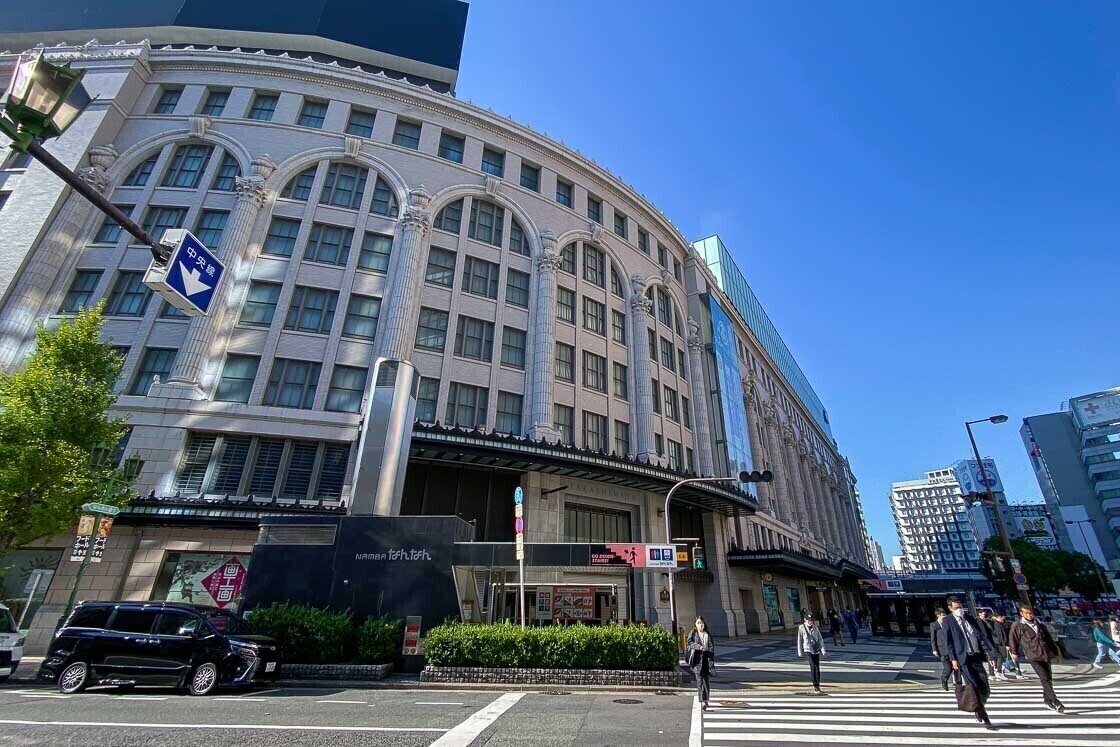
For me, the most interesting and a personal favourite section of a department store is the basement food section. Commonly referred to as depachika, the term is a portmanteau of "depa" from department store and chika, which means basement in Japanese. The depachika at Osaka Takashimaya is divided into several sections, a supermarket area, cooked foods area, Western-style sweets and cakes area, a Japanese sweets and desserts area, and a tea and Japanese sake area.
Another aspect of the depachika I appreciate is the nice variety of local, regional and homestyle ready to eat dishes. At Osaka Takashimaya, one can see several shops selling kushikatsu, deep fried skewers which are an Osaka specialty. Over at the Japanese sweets and desserts area, shops typically showcase sweets that use seasonal ingredients and designs, and visitors can look forward to the different styles and flavours through the year.
Cosmetics and fashion take up the first to the fifth floors of Osaka Takashimaya, and visitors looking for a specific boutique or label would probably be able to find it in a department store. It is also interesting to see how Japanese fashion differs from Western fashion, and I thought the necklines and hemlines were comparatively more conservative in Japan.
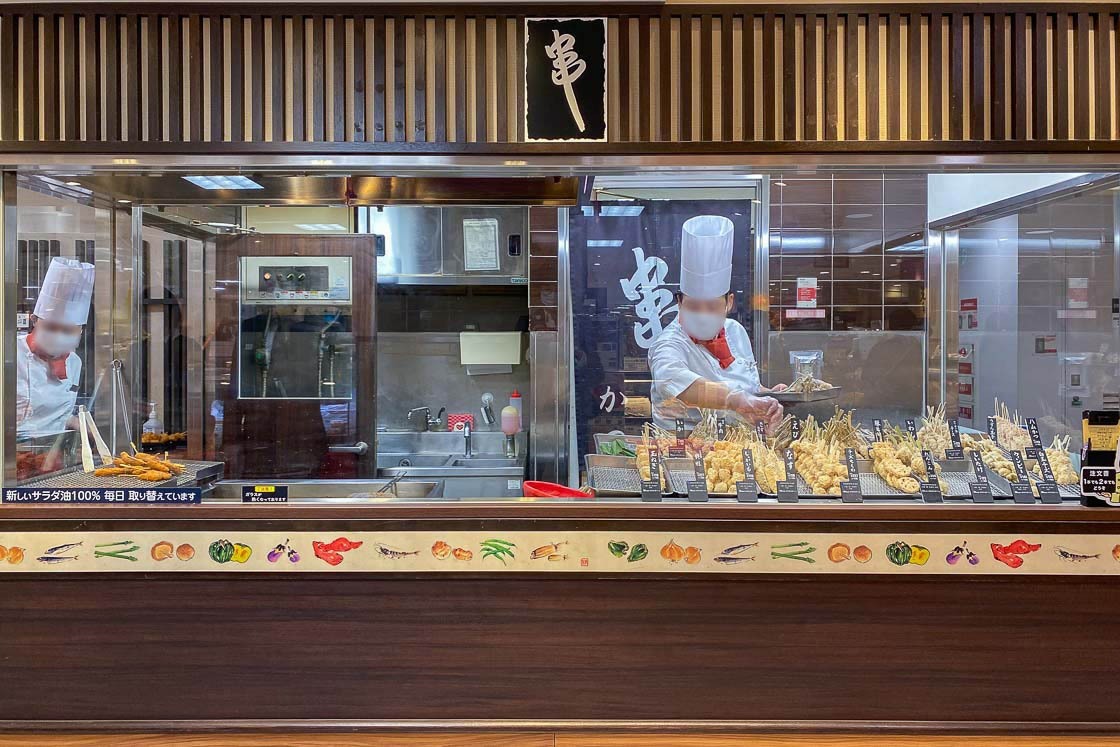

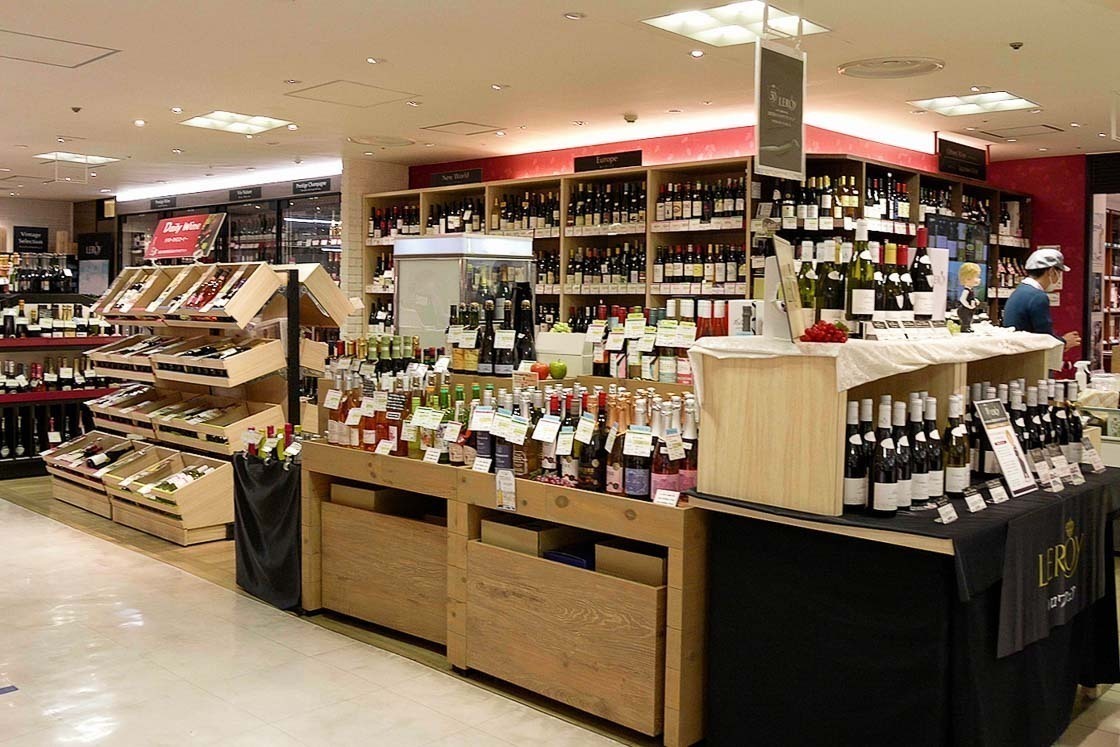
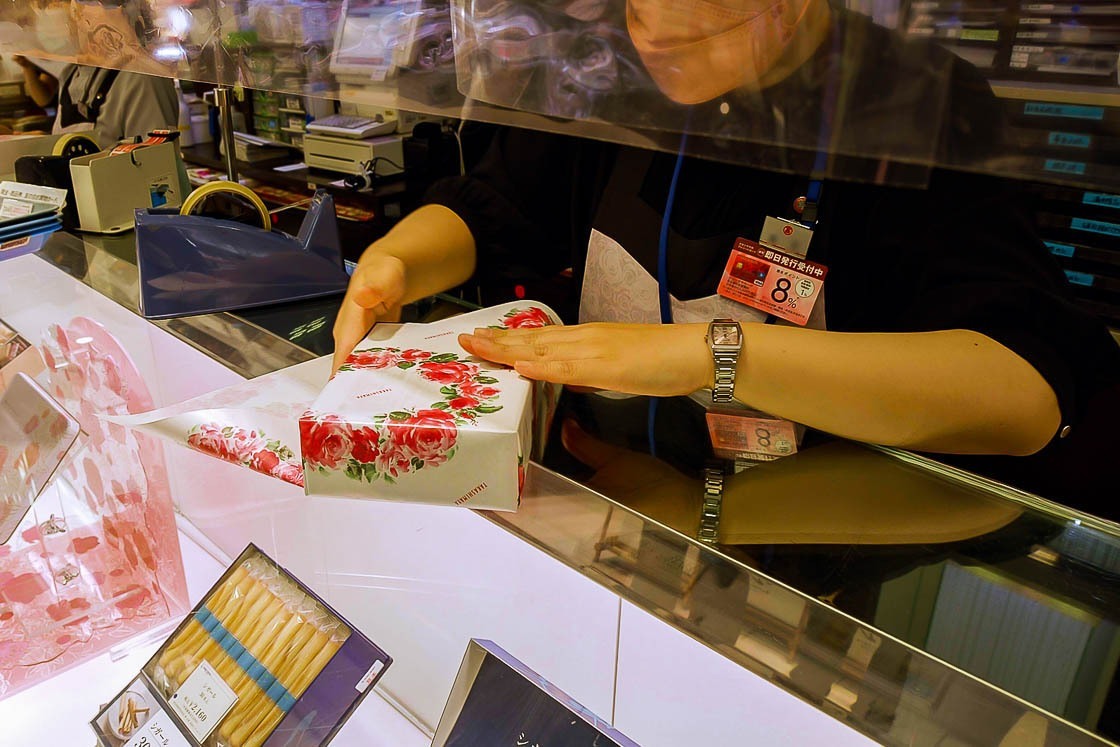
The kimono can be considered to be a symbol of traditional Japanese fashion, and department stores typically carry quality kimono and kimono accessories. The style and types of kimono sold at department stores changes depending on the season. For example, there would be more graduation-style kimonos during the graduation season or celebratory kimono for children during the children's age ceremony.
The kimono section at Osaka Takashimaya is located on the sixth floor, and there I saw a Japanese slipper maker threading the fabric straps to the soles. The slipper maker explained that while most patterns could be mixed and matched according to the customers requests, there were some set combinations for particular events and ceremonies like funerals. I felt like I learned a lot just from browsing at the kimono section!
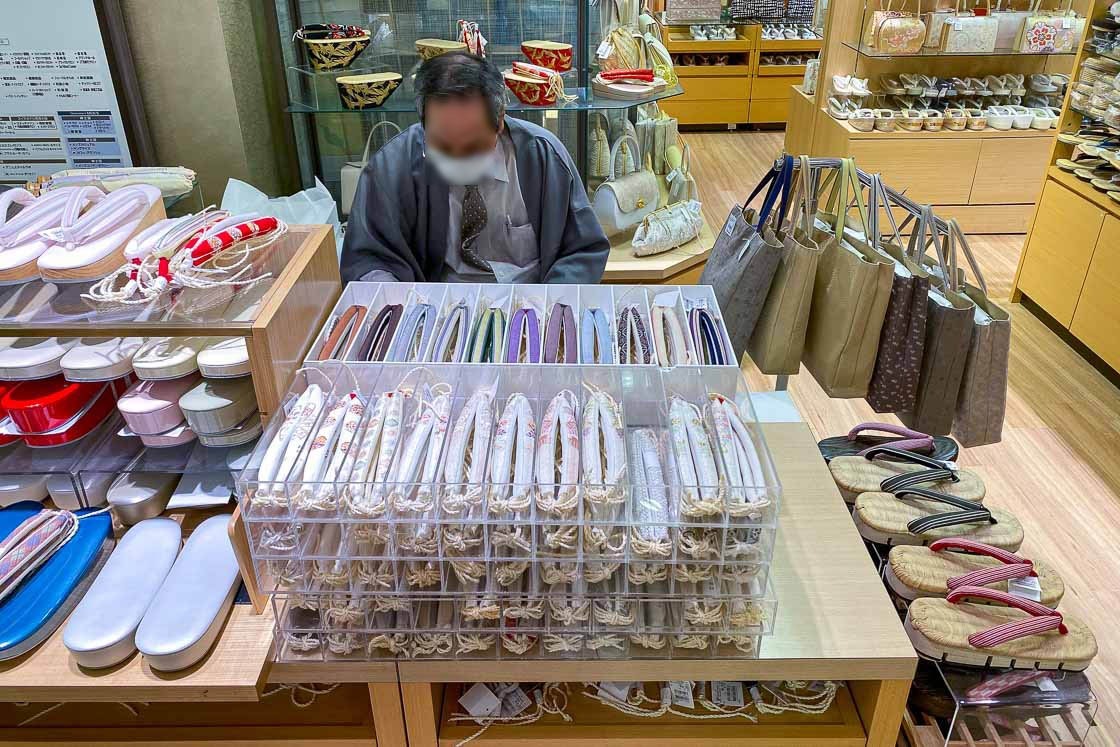
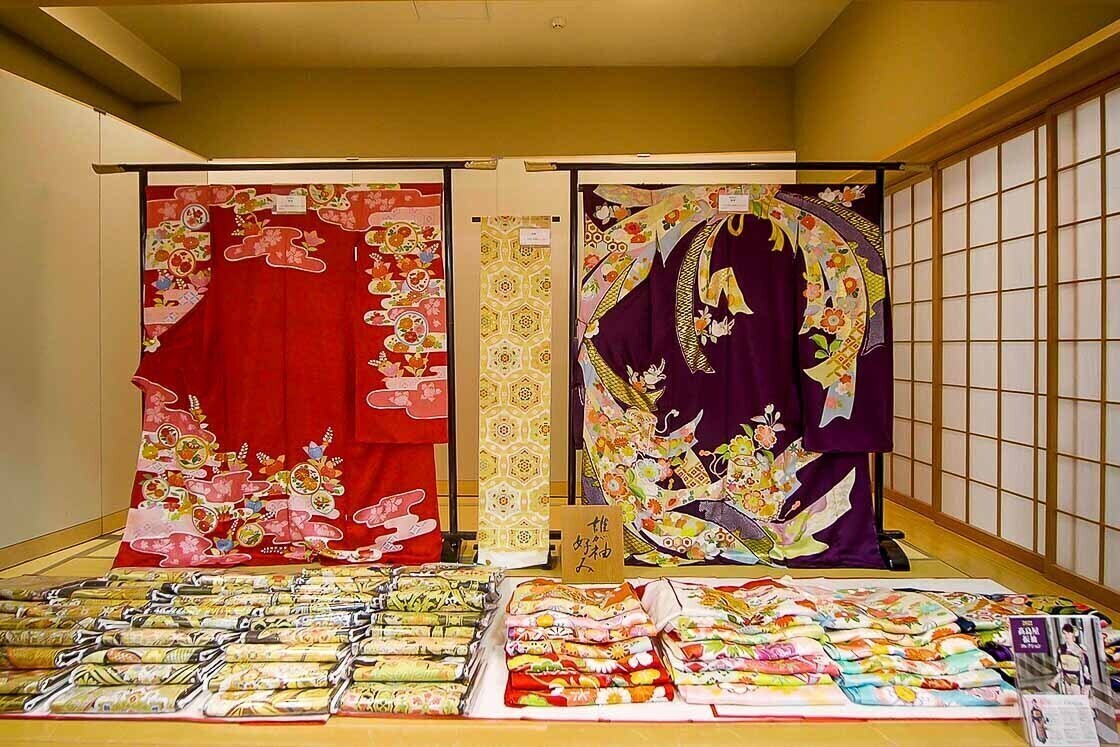
The household goods section, which is also on the sixth floor at Osaka Takashimaya, can give an idea of how Japanese furnish their homes. From elegant chopsticks to cute chopsticks rests, earthenware dishes and pots, the household section carried a mix of modern and traditional products. However, the detail that caught my eye was the labeling of the prefecture of origin on some of the price tags. Locally made products are still sought after and can be in high demand depending on the goods.
Finally to round up my visit to Osaka Takashimaya, I visited their dining floors, which occupy levels 7 to 9 - the top three floors. A nice thing about the dining floors at department stores are the convenience and ease of access for most people. Dining floors offer a nice variety of restaurants and visitors can find Japanese dishes as well as international cuisine. Many of the restaurants would use food models to showcase their menu, which make it easy to decide what to eat before entering the restaurant. If all else fails, following your nose or picking a popular restaurant - they typically have long lines during mealtimes - are also good ways to decide what to eat.
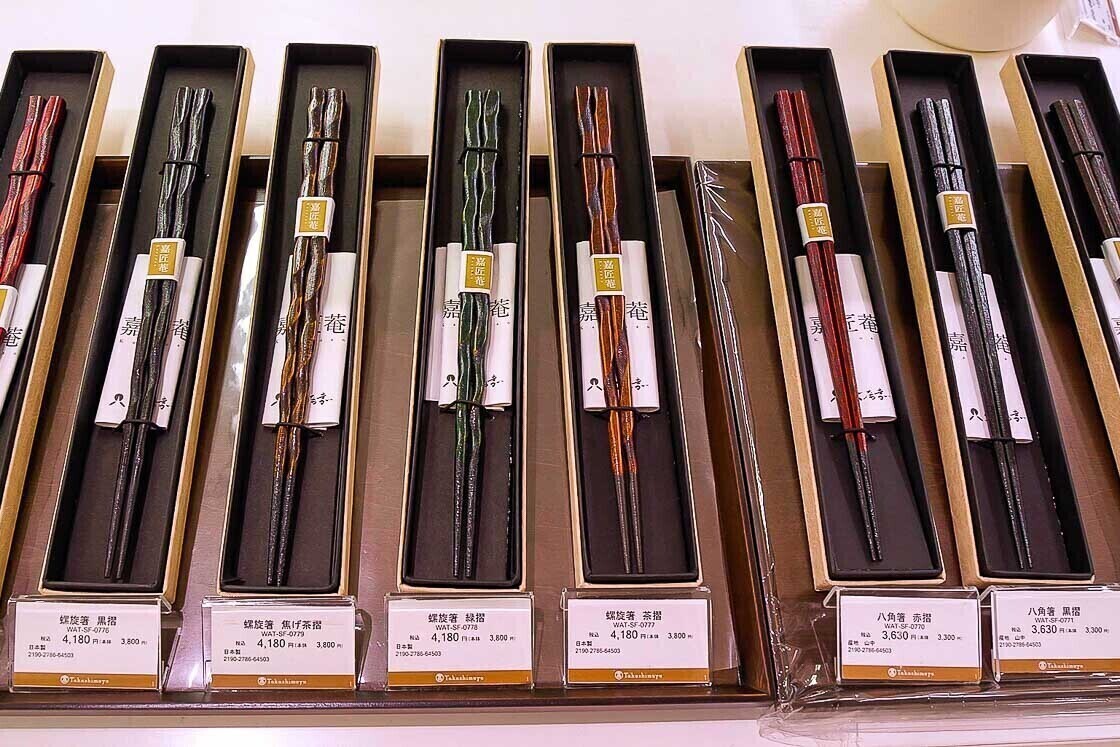

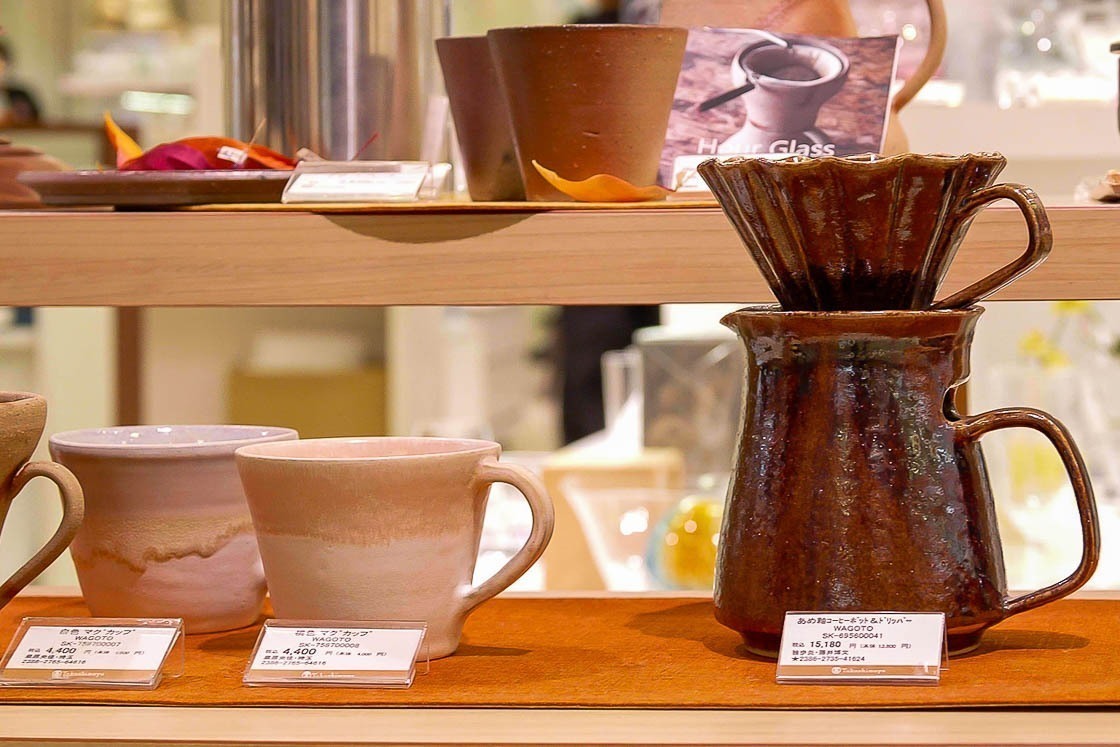
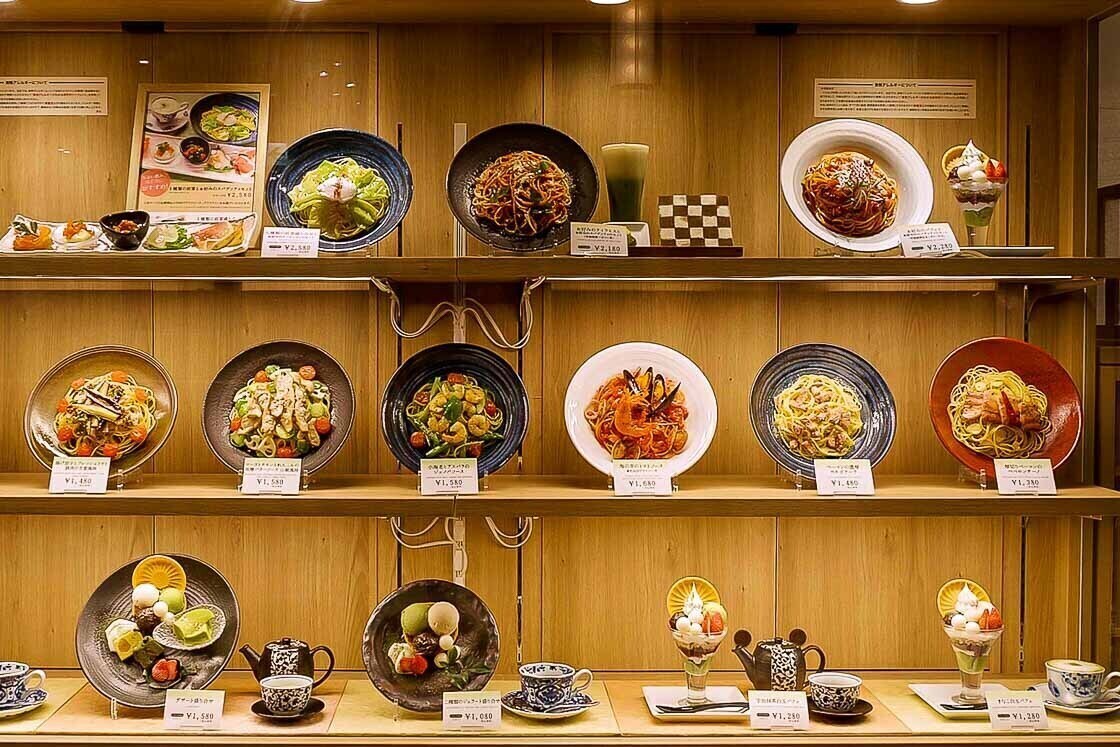
That was my one day Japanese culture tour of Namba checking out some of the sightseeing spots in the area. While it would be impossible to cover everything Namba has to offer, I had a great time browsing through the market, kitchenware street, and department store. I saw some cool design and architecture as well as learnt about Japanese tradition and culture through kitchenware, textile, fashion and food. It was a fulfilling day getting a brief experience of quintessential Osaka, and I'm sure there will be more to uncover in my next trip!
Access
All the spots in this article are within a 5-10 minute walk from Namba Station, and walking times are typically shorter when following this suggested itinerary.
How to get to Namba Station from Kansai International Airport (KIX)
Nankai Railway provides direct access to Namba Station. The fastest way to get to Namba is to take the Nankai Rapi:t limited express train (35 minutes, 1450 yen, seat reservations required). Local trains make the same journey between KIX and Namba Station in about 45 minutes and for 930 yen.
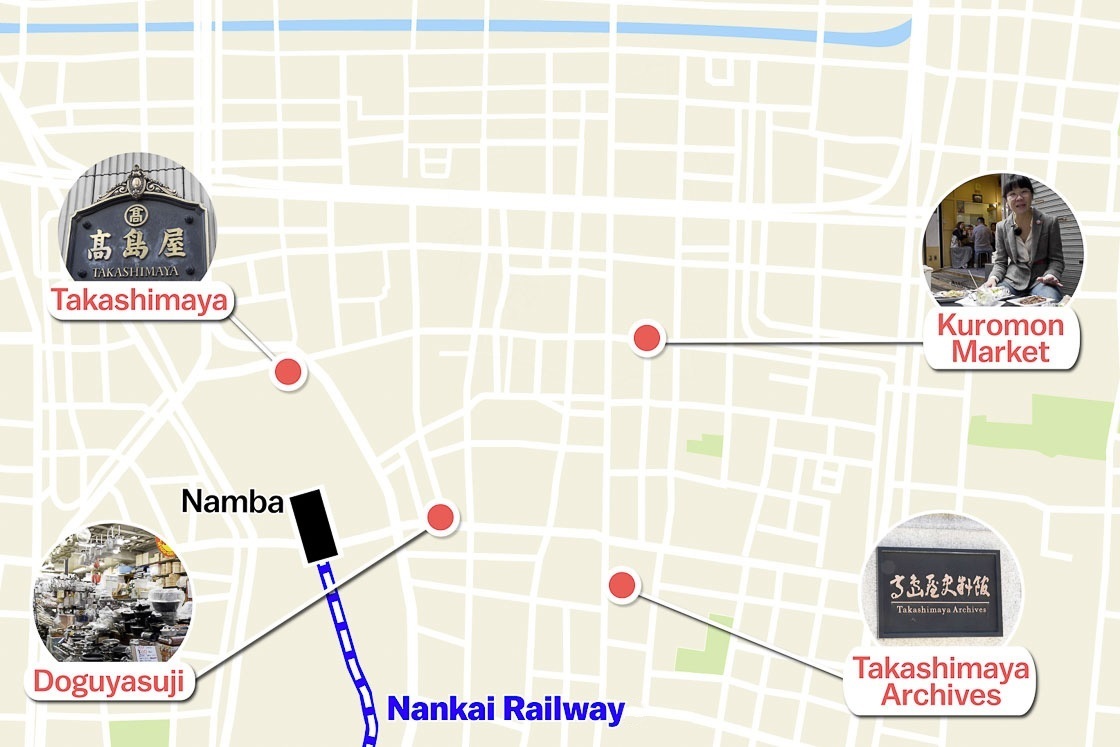
Links
- Osaka Takashimaya - Official English website of the department store
- Takashimaya Archives - Official Japanese website of the museum in the Takashimaya East Building
#PR This article is sponsored by Takashimaya.
